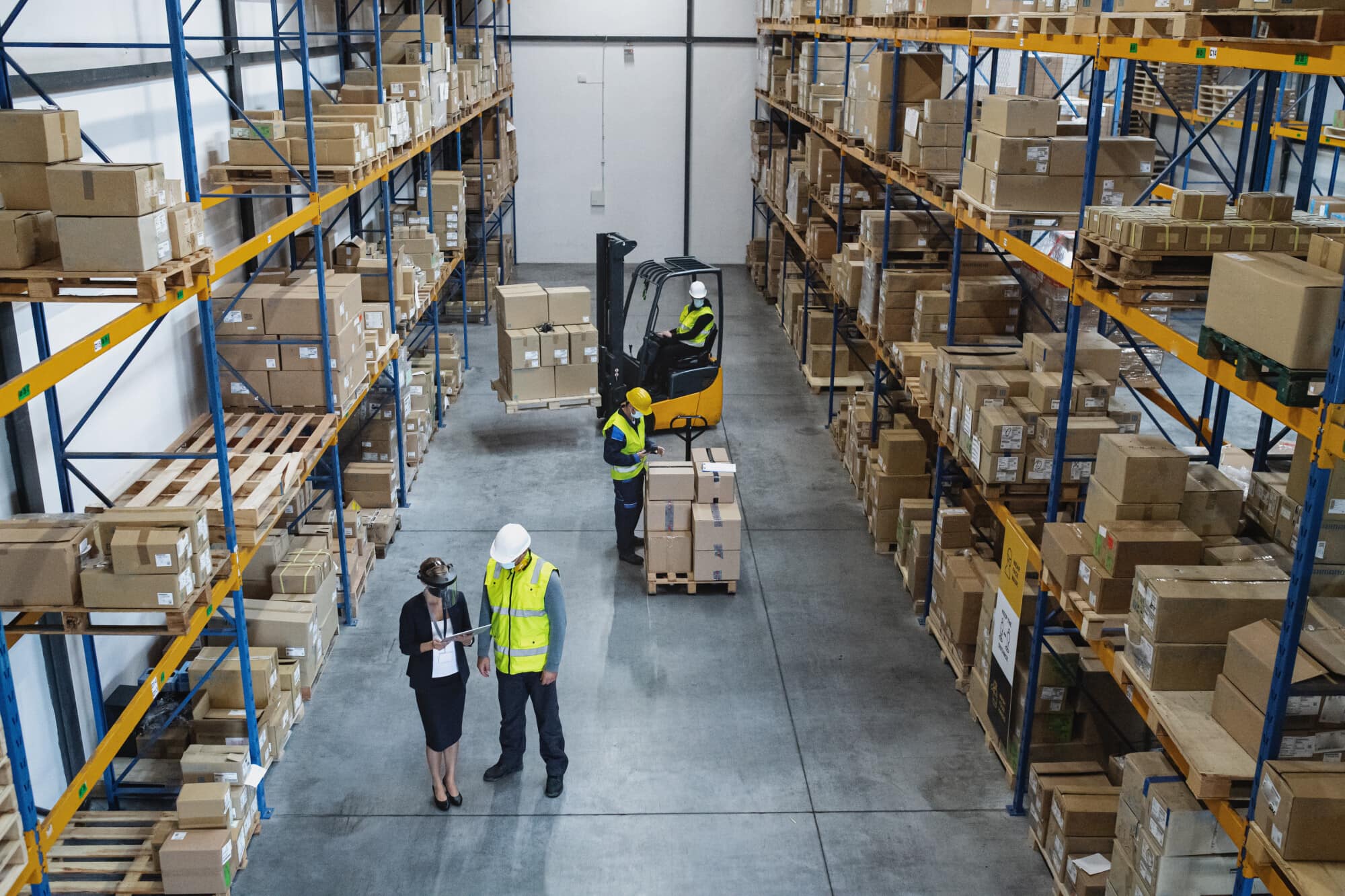An average OSHA safety inspection takes 22 hours to complete. Safety rules are put in place for a reason. Without these rules and guidelines, it is incredibly easy to damage equipment or injure yourself.
OSHA safety regulations protect you and your staff, so it’s crucial that everyone knows how to safely use all the equipment. So, keep reading to find out how to train your staff on OSHA forklift safety rules.
Follow a Forklift Safety Checklist
When it comes to operating a forklift, you need to implement daily safety checks. This ensures there aren’t any problems with the forklift, but it is mainly to ensure nobody gets hurt using the machine.
The different types of forklifts all need different checks to make sure everything is working as it should. It’s important that you understand the checks needed for your type of forklift.
To ensure you’re compliant you can use a checklist provided by OSHA. This way you won’t miss any steps and you can keep thorough records of all your inspections.
Osha Forklift Safety Training
If you’re looking to ensure your staff all understand the safety rules required to operate a forklift, you can send them for training. Forklift safety training courses need to meet OSHA certification requirements. These certifications are necessary if you want to get into material handling.
Most forklift safety training courses will teach your staff how to properly handle:
- Sit-down forklifts
- Stand Up/Reach forklifts
- Electric pallet jacks
- General material handling equipment
These courses will also tackle forklift maintenance to help you keep your forklift in tip-top shape. Maintenance is important if you want to keep your forklift from breaking down, but it also helps prevent injuries. Malfunctioning equipment is a big problem when it comes to the safety of your staff, so make sure everyone who operates these machines knows how to maintain them.
Locations for Use
You can’t just operate a forklift anywhere. OSHA has rules and regulations that govern where these machines can be used. The areas are broken down into three classes.
Class 1 refers to areas where flammable gases or vapors could lead to an explosion. Class 2 is areas where combustible dust is an operating hazard, and Class 3 covers areas with ignitable mixtures in amounts that aren’t likely to ignite.
You need to understand what class your location falls under and how this affects your forklift use.
OSHA Forklift Safety Rules Made Easy
Following OSHA forklift safety rules is crucial if you want to ensure everyone (and the equipment!) stays safe. Forklift safety isn’t something that should be ignored, if you don’t take the proper steps then catastrophe can strike. This is why it’s important to ensure your staff undergoes forklift safety training.
If you’re ready to ensure your staff is as safe as can be, contact us. At Superior Industrial Products, we provide forklift training and certification in Nashville and Fort Worth.

